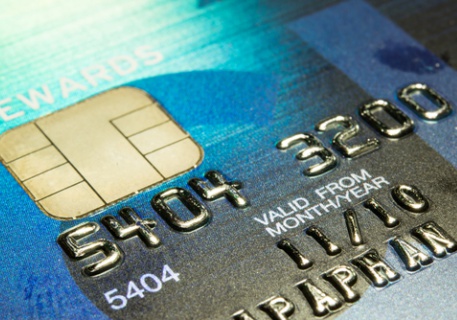
More than 575 million U.S. payment cards will include EMV chips by the end of next year, according to a statement issued jointly from Visa and MasterCard on Wednesday (Aug. 13). That number is partially based on EMV shipment plans from nine key card issuers: Bank of America, Capital One, Chase, Citi, Discover, Independent Community Bankers of America (representing issuing members), Navy Federal Credit Union, US Bank and Wells Fargo & Company.
“The pace of EMV adoption is rapidly accelerating with many institutions already issuing EMV chip cards and even more coming onboard every month,” said a statement attributed to First Data President Guy Chiarello. “First Data is strongly encouraging all institutions to launch their EMV plans immediately, and not wait for the October 2015 liability shift. Issuing EMV now will benefit consumers by making the most secure payment card available sooner, while reducing fraud losses and enhancing payments system security for all.”
These numbers reflect a true aggressive movement to EMV card shipments, with the end-of-2015 shipment promises from those nine issuers reflecting “that one in two of their U.S. payment cards will be chip-enabled, which represents real progress given the scale and complexity of this overall effort,” said Visa President Ryan McInerney.
With the liability shift in position and these kind of issuer shipment numbers—albeit many of them are signature- rather than PIN-based, but these things take time—the next two EMV U.S. hurdles are retailer equipment upgrades and training (two very different things) plus getting consumers to not only use their new EMV cards, but to specifically insert for chip rather than just use the comfortable magstripe. Consumer training and perhaps some incentives will be needed to close this loop and to get these cards to actually be used in meaningful numbers.
The joint statement said that supporting other security features—which will hopefully work in concert with the more secure chip—are also being pursued as the shipments start to ramp. “Among the next priorities for the task force is identifying an actionable, long-term roadmap to deliver a consistent level of security for payments in the digital and physical environments,” Wednesday’s statement said. “Part of this will include providing clarity around enhanced security (options) like tokenization and point-to-point encryption.”